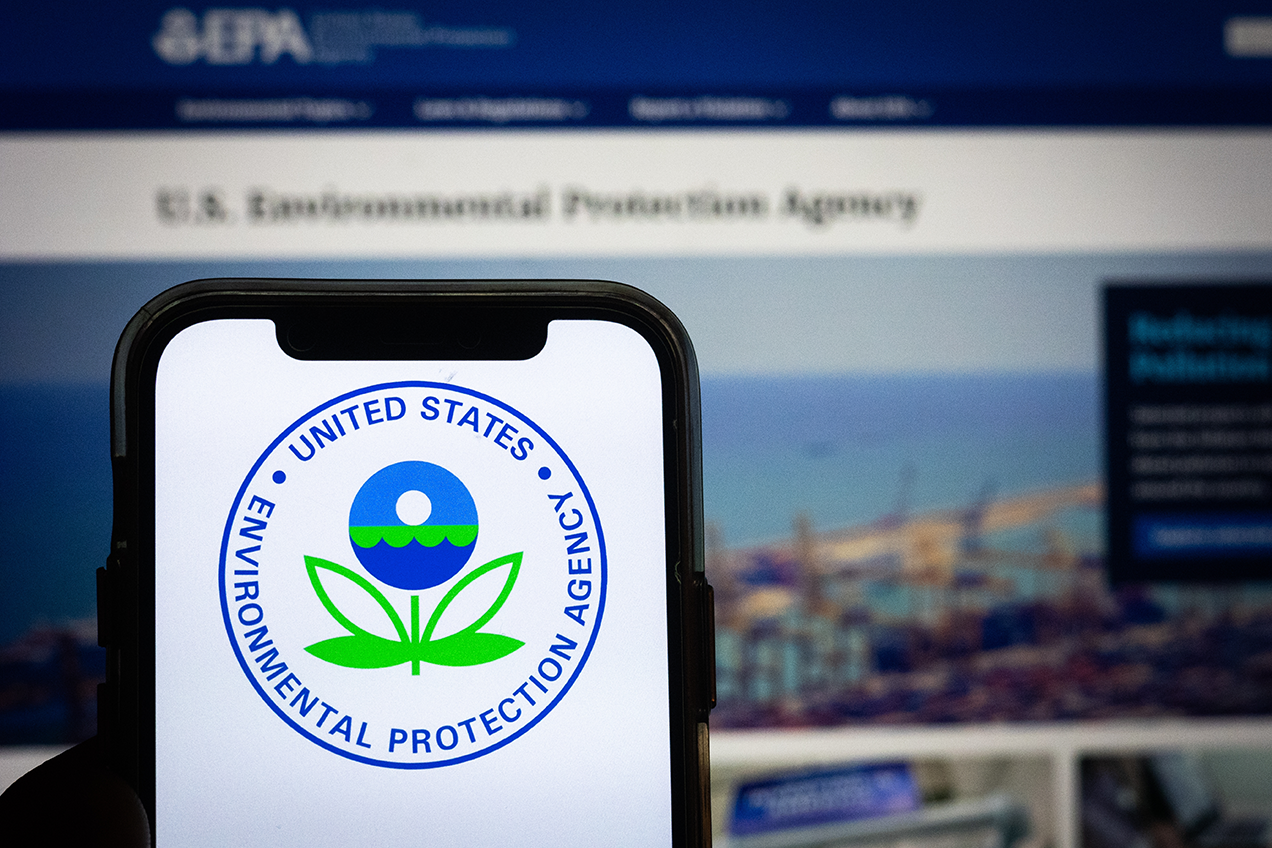As the Trump administration continues its deregulatory efforts across federal environmental policy, the EPA has confirmed that efforts to regulate PFAS—per- and polyfluoroalkyl substances—will move forward, though some adjustments may be made.
While several recent federal actions have signaled potential rollbacks of environmental policies enacted during the Biden administration—such as the proposed rescission of reduced fees for renewable energy projects on federal lands, reconsideration of power plant emissions standards, and reevaluation of the Greenhouse Gas Reporting Program—the EPA has indicated that rulemaking around PFAS (per- and polyfluoroalkyl substances) will continue to progress.
“We’re committed to protecting public health while ensuring implementation remains practical for states and water systems,” an EPA spokesperson said during a May 2025 briefing, referencing the agency’s plan to move forward with national drinking water standards for select PFAS chemicals.
What’s Staying in Place (and Why It Matters to Environmental Consultants)
- EPA limits for PFOA and PFOS in drinking water remain in effect under the Safe Drinking Water Act, with enforceable Maximum Contaminant Levels (MCLs) set at 4 parts per trillion (ppt). While the agency announced plans to rescind and reconsider the MCLs for four other PFAS compounds (PFHxS, PFNA, HFPO-DA (aka GenX), and PFBS), regulations for the two most scrutinized compounds—PFOA and PFOS—are unchanged.
Environmental consultants should ensure clients continue to monitor and treat at least these two substances, as they remain federally regulated. - Compliance deadlines for PFAS drinking water rules may be extended, with the EPA proposing to shift the deadline for meeting MCLs for PFOA and PFOS from 2029 to 2031. The agency plans to issue this proposed rule in the fall of 2025 and finalize it by the spring of 2026.
This gives consultants and utilities more time to evaluate treatment options, plan capital projects, and manage long-term compliance strategies. - CERCLA hazardous substance designations for PFOA and PFOS remain in effect, expanding liability risks for site owners, operators, and potentially past tenants.
Environmental consultants should evaluate PFAS risk assessments during Phase I and Phase II ESAs and advise clients on applicable remediation and reporting obligations under Superfund law as well as any applicable state programs. - No new federal rules on PFAS in wastewater or air emissions have advanced, despite prior expectations. The EPA continues to study these pathways but has not finalized additional regulations.
Consultants should stay alert for future rulemaking and help clients assess whether PFAS discharges or air emissions may create regulatory exposure down the line.
Implications for Consultants and Engineers
For environmental consultants, engineers, and their clients, the signal is clear: PFAS risk assessment and compliance work is not on pause. Utilities, property owners, manufacturers, investors and other sectors still face rising regulatory, legal, and reputational exposure tied to PFAS—especially with active state-level enforcement in many regions.
“The key message for consultants is that PFAS workstreams remain active,” said Alan Agadoni, senior vice president at LightBox. “Site investigations, compliance prep, and advisory work tied to CERCLA or Safe Drinking Water Act rules should stay on track—this is not the time to pull back.”
Stay Ready, Even as the Landscape Shifts
While EPA initiatives and policies under the Trump Administration may slow the pace of implementation or reduce federal enforcement intensity, the underlying health risks—and the growing body of litigation and state action—mean PFAS concerns and liability are not going away.
LightBox will continue tracking these shifts to help C&E firms stay ahead of what’s next.
Want more environmental due diligence insights? Subscribe to Insights for expert analysis and listen to the CRE Weekly Digest podcast for timely data and commentary.
